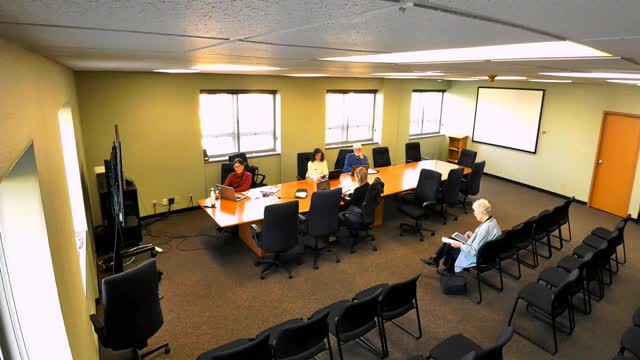Midwest braces for energy transformation with new battery storage
October 18, 2024 | Green Bay, Brown County, Wisconsin
Thanks to Scribe from Workplace AI , all articles about Wisconsin are free for you to enjoy throughout 2025!

This article was created by AI using a video recording of the meeting. It summarizes the key points discussed, but for full details and context, please refer to the video of the full meeting. Link to Full Meeting
David, a key speaker, presented data from the North American Electric Reliability Corporation, indicating that the Great Lakes region faces significant challenges in electricity availability from 2024 to 2028. As the U.S. moves towards a goal of 42% renewable energy by 2050, the intermittent nature of wind and solar power necessitates reliable energy storage solutions. Battery storage can absorb excess energy during low demand periods and discharge it when demand peaks, ensuring grid stability.
The meeting underscored the urgency of implementing battery storage technology, especially following recent events in Texas where battery systems successfully mitigated potential blackouts during extreme weather conditions. The proposed Green Bay project, which will utilize a 200-megawatt battery storage facility, is strategically located near the Tower Substation, chosen for its capacity and proximity to underutilized industrial land.
Tenaska, the company behind the project, emphasized the importance of safety and compliance with national fire protection standards. The facility will employ advanced lithium iron phosphate battery technology, which is designed to minimize risks associated with battery failures. The project aims to provide a rapid response to energy demands, supporting both residential and industrial users in the region.
As the Midwest prepares for a significant increase in energy demand over the next 25 years, the integration of battery storage systems is seen as a critical step towards a reliable and sustainable energy future.
Converted from Sustainability Commission 10-16-2024 meeting on October 18, 2024
Link to Full Meeting
Comments
View full meeting
This article is based on a recent meeting—watch the full video and explore the complete transcript for deeper insights into the discussion.
View full meeting
